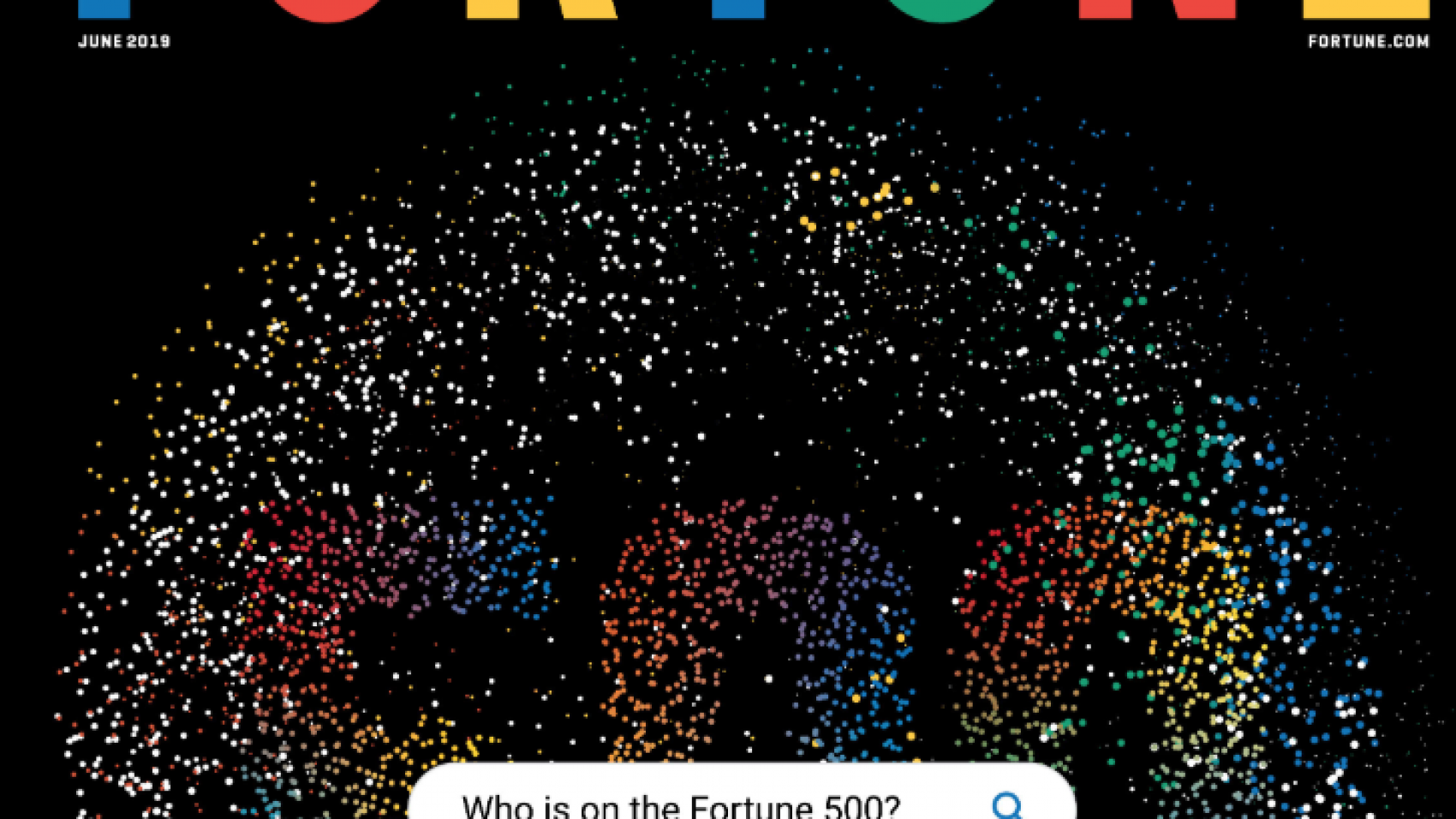If you subscribe to Fortune, you’re likely surprised and excited by the heft of the issue on the biggest 500 firms. It’s a formidable group: $23T in market value, 29 million global employees, and over $1T in profit. With covers to sell, a cursory look focuses on revenue. But man cannot live by revenue alone. Profits and returns on capital matter.
In healthcare, high revenue or other isolated metrics are often used as signs of excess. There are excesses. One is provider consolidation. This great piece shows the impact of provider consolidation. 90% of metro areas in the US have highly- or super-concentrated healthcare provider markets. One help would be to drop certificates of need (CON). These govern most states and restrict supply and freedom to open new hospitals. Don’t get your hopes up, lobbyists aren’t lazy.
Margins are a reflection of a company’s clout and of industry dynamics. Changes over time are telling. It’s good to see where some large healthcare companies compare to others in sales, enterprise value (the value of the firm, debt + equity – cash), gross margins, free cash flow margins (profits are opinion, cash is fact), and returns on equity* (other metrics could be used to substitute for this one but we’ll use ROE for this exercise).
For simplicity, we’re looking at just last year’s numbers. In this chart we have 4 of 5 companies making the Fortune 500 list: NextEra, one of the largest public utilities in the US; Cigna, a large health insurer; McKesson, a healthcare supplies company; Costco, the industry leader in selling 5 pound blocks of cheese; Google, no intro needed; and Zoom, the video conferencing platformed that recently went public.
NextEra is a regulated utility so its profits, and returns on equity are modest (enough to earn at or more than its cost of capital over time). Cigna has revenue of almost $50B and a free cash flow yield of 7% and return on equity of 11%. The standout is Google, not exactly a comparable to healthcare companies, but worth noting the differences in gross margins, cash flows, and total enterprise value. McKesson is huge in sales (over $200B) but much smaller in value and margins. Its gross margin (sales less cost of goods) is less than 6%. If you study businesses, those are razor margins.
Data curiosity calls for additional numbers and adjustments over time to dig into trends and signs of abuse. Healthcare deserves the scrutiny. But big sales numbers by themselves don’t signal bad actors. That shows up in inflated margins, returns on equity, and huge stock gains. Before we cry abuse, we first have to ask, is it in the numbers.
*Header Image: Fortune Magazine, 2019

